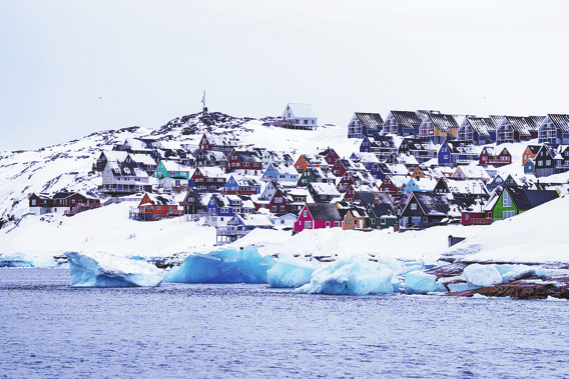Chinese embassy in UK spokesperson's remarks on eological conservation on Qinghai-Tibet Plateau

Question: The Qinghai-Tibet Plateau is known as the Third Pole of the world. Faced with global challenges including climate change, what has the Chinese government done to protect the environment and conserve natural resources including glaciers, snow and water on the Plateau?
Embassy spokesperson: The source of multiple major rivers in Asia, the Qinghai-Tibet Plateau plays an important role in maintaining ecological stability in China and beyond. With a strong sense of responsibility to history, the people and the world, China has given priority to environmental protection on the Plateau, and adopted an approach that emphasizes both ecological protection and improvement of people's livelihood.
China has:
- Applied the policy of Ecological Conservation Red Lines (ECRLs) in the area, which means the conservation measures taken there will be the most stringent;
- Adopted a holistic and integrated approach to the conservation of various ecological resources, including the glaciers and snow which are the unique to the Plateau;
- Launched ecological restoration and conservation efforts in key areas including the whole of the Tibet autonomous region as the ecological security barrier, the Sanjiangyuan region (sources of the Yangtze River, Yellow River, and Lancang (Mekong) River) and the Qilian Mountains
After years of efforts, the Tibet autonomous region is now one of the areas in the world where the environment, including water and air, are of the best quality.
China has made remarkable progress in and huge global contribution to ecological civilization. To preserve biodiversity, China has set up a network of protected areas that covers 18 percent of the country's total land area. Hundreds of botanical gardens and wildlife rehabilitation and breeding bases have been established. The population of the Tibetan antelope unique to the Qinghai-Tibet Plateau has grown from 70,000 in the 1980s to over 300,000 now.
In response to climate change, China, the world's largest developing country, aims at achieving the fastest transition, i.e. 30 years, from carbon peak to neutrality. This speaks to its commitment as a major responsible country. China is also committed to supporting other developing countries in green and low-carbon development, and has pledged not to build any more coal-fired power plants overseas. This is yet another significant measure China has taken to tackle global climate change.
Based on scientific research on the Qinghai-Tibet Plateau, China will continue work on identifying the impact of climate change and human activities, and proposing a systematic plan and engineering measures for environmental protection, restoration and governance in the area. China is ready to work with the rest of the world in promoting policy dialogue, coordination and practical cooperation on green development and ecological conservation. Working together is the only way to building a community of all life on Earth.

































